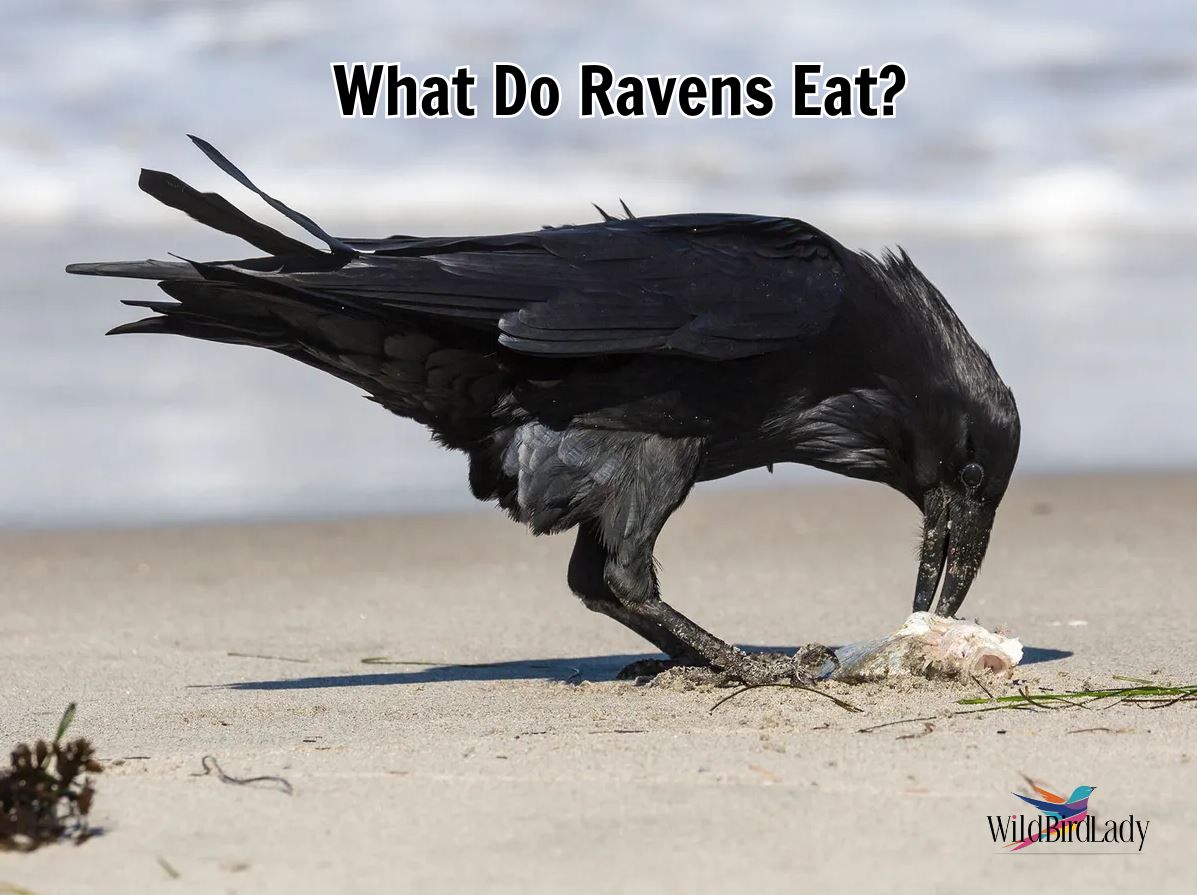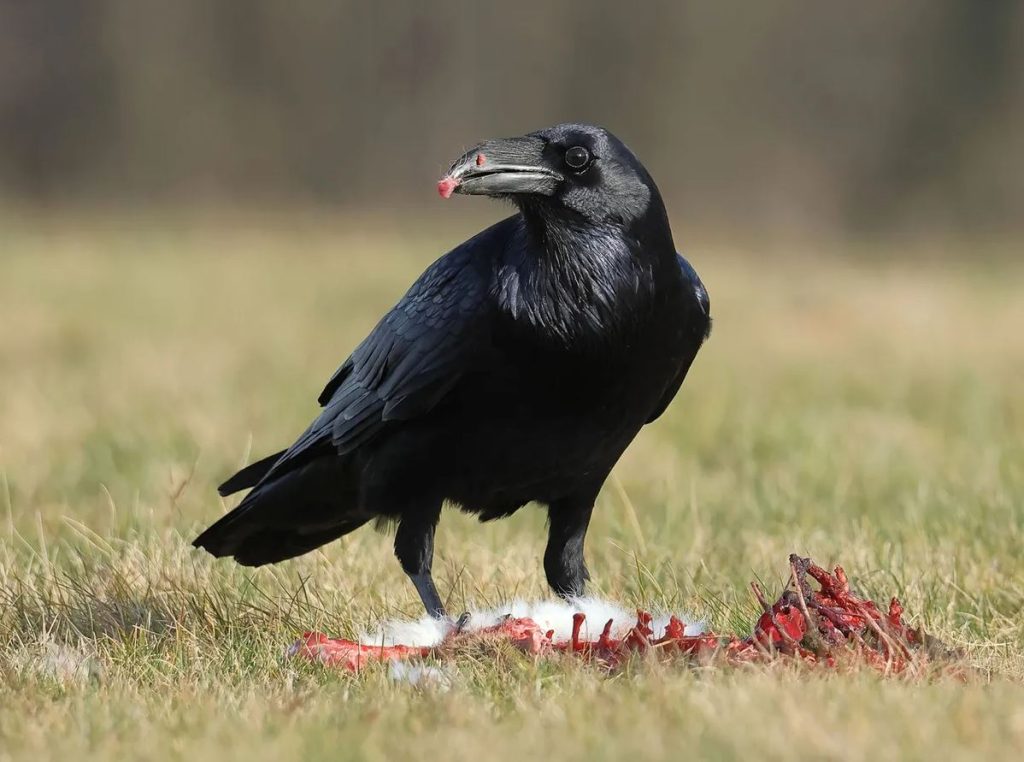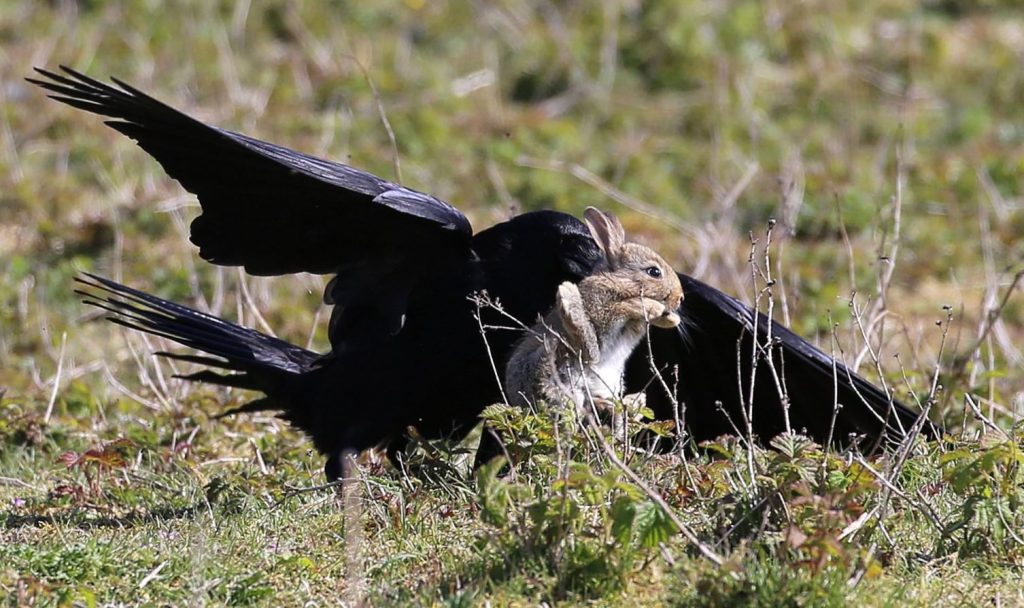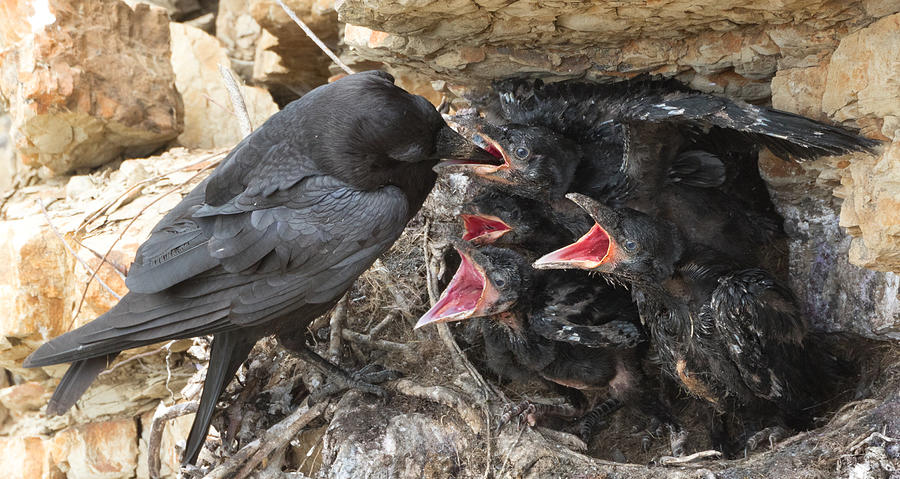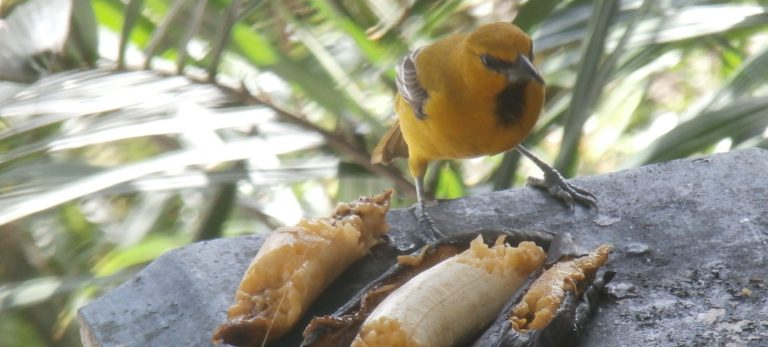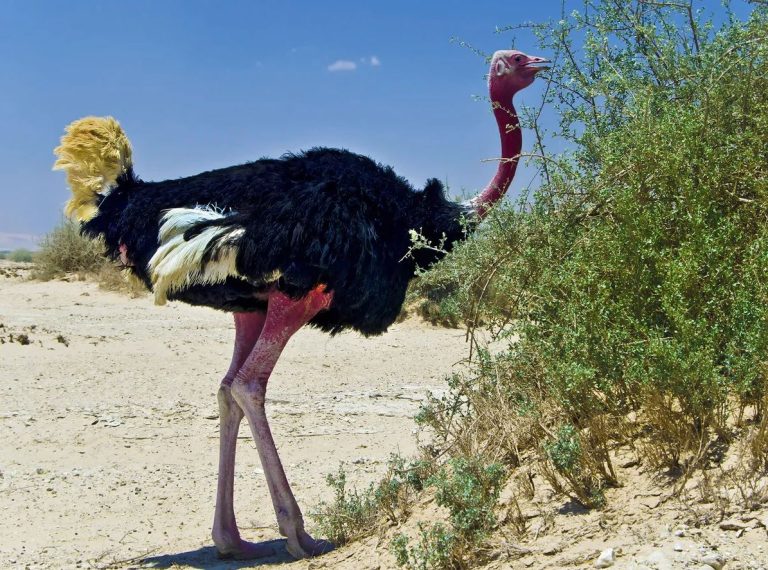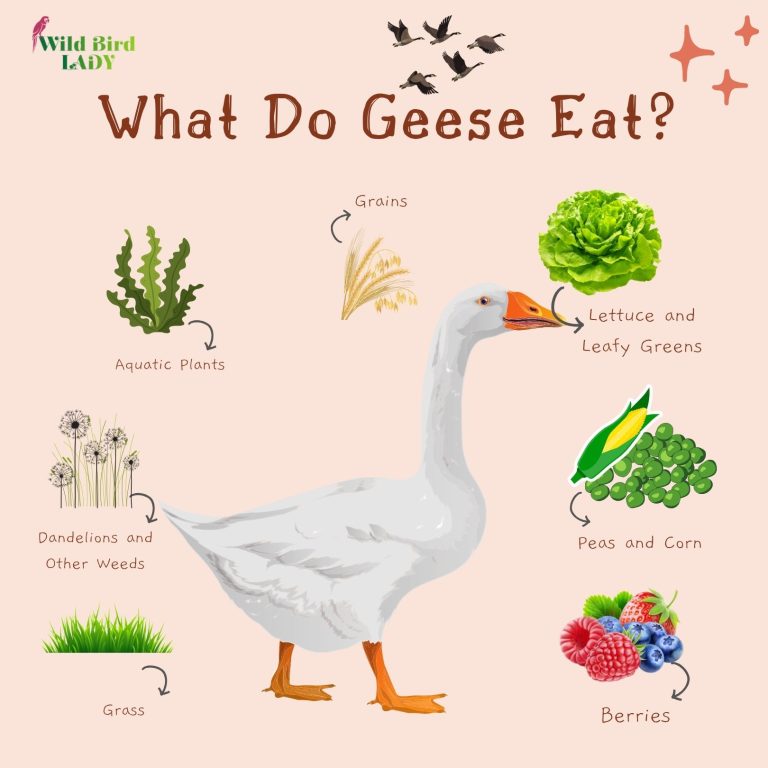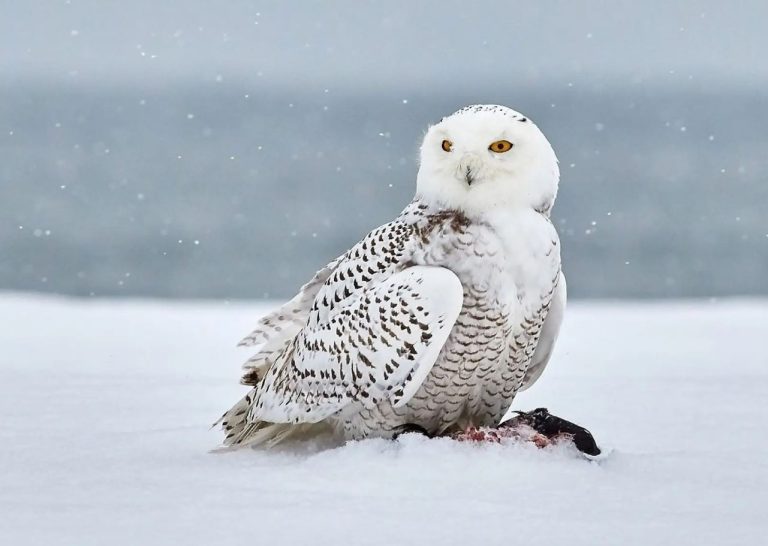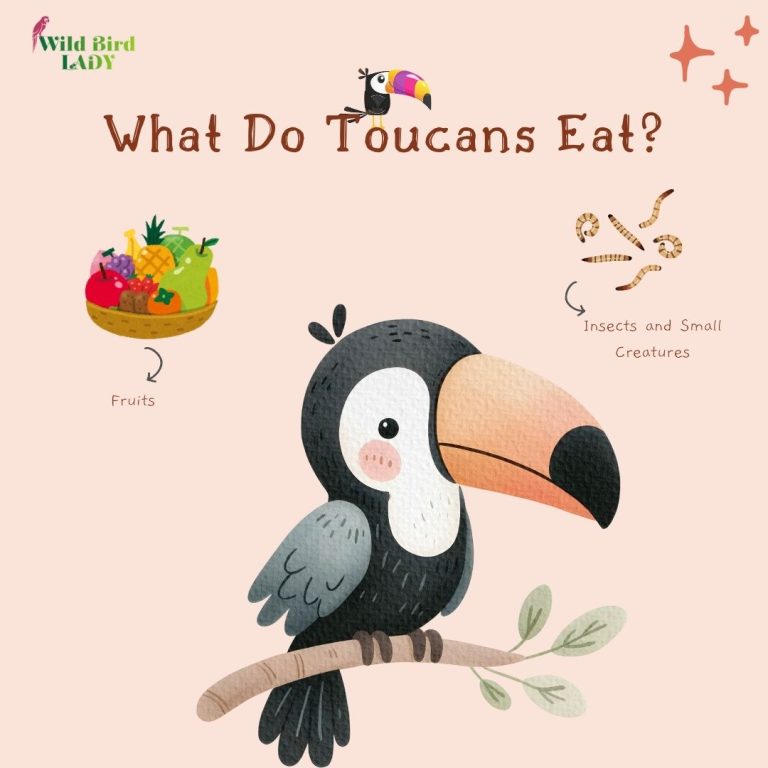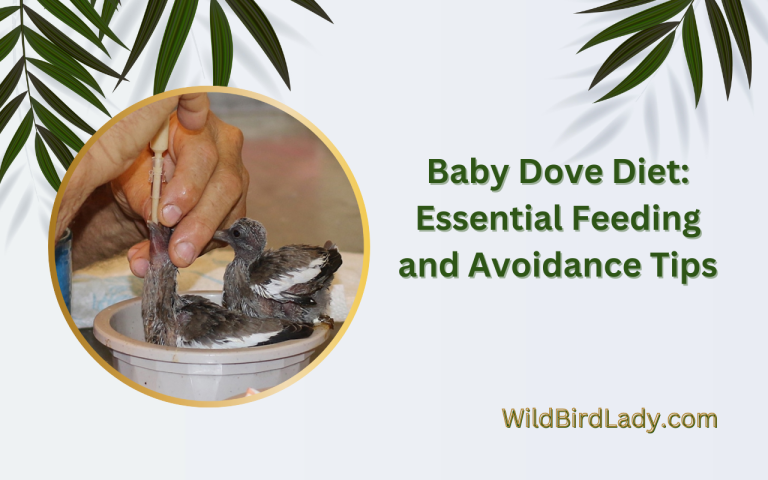What Do Ravens Eat? The Complete Guide to Raven Food and Feeding Behavior
The raven—intelligent, mysterious, and adaptable—is one of the most fascinating birds I’ve encountered in my birdwatching journey. From remote mountain ranges to bustling cityscapes, these brilliant corvids can be found thriving in diverse habitats. But what exactly fuels these remarkable creatures?
In this article, we’ll explore the varied and opportunistic diet of ravens, break down their feeding behaviors, and examine how environment, season, and even social hierarchy influence their food choices.
Introduction to Raven Diet
Ravens (genus Corvus) are among the most adaptable birds on the planet. The most widely studied species, the Common Raven (Corvus corax), exhibits an incredibly varied diet across its vast range. Whether in the Arctic tundra or arid deserts, ravens have learned to survive—and thrive—on whatever they can find.
According to the Cornell Lab of Ornithology, the Common Raven’s diet is “extremely varied, including carrion, insects, cereal grains, berries, fruit, small animals, and food waste”.
Are Ravens Carnivores, Omnivores, or Scavengers?
Ravens are omnivorous birds with a strong leaning toward scavenging and predation. They are not picky eaters. This dietary flexibility is one of the main reasons ravens have such a broad distribution.
- Omnivorous: They eat both plant and animal matter.
- Carnivorous tendencies: They actively hunt small animals and consume meat.
- Scavenging: They frequently feed on carrion, roadkill, and discarded human food.
This triple-threat feeding strategy makes the term “raven food” incredibly broad.
What Do Ravens Eat in the Wild?
In natural, undisturbed habitats, raven food includes:
- Small mammals: Mice, voles, rabbits
- Birds and eggs: Especially ground-nesting species
- Reptiles and amphibians: Frogs, snakes, and lizards
- Insects: Beetles, grasshoppers, caterpillars, and more
- Fruits and berries: Juniper berries, apples, acorns, and elderberries
- Seeds and grains: Found near agricultural areas
- Carrion: Dead deer, livestock remains, and animal carcasses
A field study in Alaska documented ravens scavenging from wolf kills and then stashing meat in snowbanks to preserve it (Stahler et al., 2002).
What Do Ravens Eat in Urban Areas?
In urban environments, ravens adapt quickly to human activity:
- Garbage and food waste: Leftover fast food, meat scraps, pizza crusts
- Pet food: Left unattended outdoors
- Rodents and pigeons: Caught alive or found as roadkill
- Compost bins and landfills: A buffet of decaying organic matter
I once observed a raven in a parking lot deftly open a paper bag, pull out a burger, and fly off—proof of their intelligence and opportunism.
Seasonal Changes in Raven Food Preferences
Raven food availability fluctuates throughout the year:
- Spring: Nestlings and eggs, sprouting plants, emerging insects
- Summer: Abundance of berries, insects, roadkill from increased traffic
- Autumn: Harvest grains, nuts, and seeds
- Winter: Heavier reliance on carrion, cached food, and human scraps
They’re excellent at caching food for the leaner months. Ravens have been known to hide food in trees, snow, and even under rocks.
How Ravens Hunt and Forage
Ravens exhibit some of the most intelligent foraging behaviors of any bird:
- Tool use: They’ve been observed using sticks to extract insects.
- Cooperative hunting: In rare cases, two ravens may work together to distract and hunt prey.
- Food dropping: They drop hard nuts or bones onto rocks to crack them.
- Scavenging hierarchy: They wait for larger predators (e.g., wolves) to finish, then feed.
According to a 2020 study in Nature Communications, ravens’ cognitive skills rival those of great apes in problem-solving tasks related to food access.
Raven Intelligence in Feeding Behavior
Ravens possess exceptional memory, strategic planning skills, and even social intelligence when it comes to food.
They will:
- Pretend to hide food if they sense another raven is watching
- Re-hide food multiple times to avoid theft
- Return days later to recover cached items
Their memory is so good that they can remember over 100 cache sites across a vast range.
Ravens as Scavengers: Their Role in Ecosystems
Ravens are ecological cleaners. They:
- Consume decaying carcasses that might otherwise spread disease
- Recycle nutrients into the environment
- Limit pest populations by eating insects and rodents
In Yellowstone National Park, ravens are frequently found near wolf packs, waiting for leftover kills. Their presence plays a significant role in scavenger food chains.
What Do Baby Ravens Eat?
Nestlings and fledglings rely entirely on their parents. Adult ravens regurgitate softened food including:
- Insects
- Small chunks of meat
- Moistened seeds and berries
- Occasionally eggs and soft-bodied prey
Feeding happens frequently during the early days. Both parents participate in bringing food back to the nest.
What to Feed a Pet Raven (If Legal)
In some regions, keeping ravens is illegal without a special license. But for wildlife rehabilitators or educators, feeding a captive raven involves a varied and species-appropriate diet:
- High-quality dog food (protein-based, not grain-heavy)
- Chopped lean meats
- Eggs
- Fruits like grapes, apples, bananas
- Occasional insects like mealworms or crickets
Avoid processed human snacks, salt, and sugary foods.
Foods That Are Dangerous to Ravens
Not everything a raven will try to eat is good for them. Common hazards include:
- Chocolate: Contains theobromine, toxic to birds
- Avocado: Persin toxin in the skin and pit
- Salty snacks: Can cause dehydration and kidney failure
- Alcohol and caffeine: Extremely harmful to the nervous system
- Cooked bones: Can splinter and injure the digestive tract
Many ravens in urban areas die from ingesting plastics or spoiled food waste.
How Climate Change Affects Raven Diets
As global temperatures shift, so does raven food availability. Warming has allowed ravens to expand northward, following human infrastructure and hunting for caribou and seabird eggs in sensitive ecosystems (Smith et al., 2021).
Unfortunately, this expansion threatens native species that are not adapted to raven predation.
13. Raven Food vs Crow Food: Key Differences
While both are corvids, ravens and crows have slightly different dietary behaviors:
| Feature | Raven Food | Crow Food |
|---|---|---|
| Size of prey | Larger mammals, eggs, and carrion | Mostly insects, grains, small amphibians |
| Habitat range | More wilderness scavenging | More urban and suburban food sources |
| Intelligence in caching | Highly strategic with decoys | Also cache, but less complex behavior |
Ravens, being larger and more dominant, tend to have access to bigger and more nutrient-rich food sources.
FAQ: What Do Ravens Eat?
1. Do ravens eat meat?
Yes, ravens eat meat and are known to consume small mammals, birds, insects, and carrion. Their diet often includes roadkill and animal remains, especially in winter.
2. Are ravens omnivores or carnivores?
Ravens are omnivores. While they eat a significant amount of meat, they also consume fruits, seeds, grains, and even human food waste.
3. Do ravens eat other birds or eggs?
Yes. Ravens may prey on the eggs and chicks of other birds, particularly during nesting season. They’re opportunistic and will take advantage of easy targets.
4. What do baby ravens eat?
Baby ravens are fed by their parents with regurgitated food including softened meat, insects, berries, and sometimes small vertebrates.
5. Do ravens eat garbage or human food?
In urban areas, ravens readily eat garbage, fast food scraps, pet food, and anything edible they find near humans. They’re highly adaptable.
6. What fruits do ravens eat?
Ravens enjoy seasonal fruits like apples, grapes, berries (e.g., juniper, elderberry), and even nuts. They often forage in orchards and gardens.
7. Can you feed a raven?
Feeding wild ravens is not recommended, as it may alter their natural behavior. In captivity (if legal), their diet must be balanced with protein, fruits, and insects.
8. What food is toxic to ravens?
Chocolate, avocado, caffeine, alcohol, salty snacks, and spoiled food can be harmful or deadly to ravens. Cooked bones can also be dangerous.
9. How do ravens find their food?
Ravens use memory, observation, and problem-solving to locate food. They cache surplus food, watch other animals, and may even use simple tools.
10. What is the difference between crow food and raven food?
Both birds have similar diets, but ravens eat larger prey and more carrion. Crows focus more on grains, insects, and smaller urban scraps.
Final Thoughts
So, what do ravens eat? Almost everything—but they do so with precision, memory, and surprising intelligence. From roadkill and rodents to fruit and french fries, raven food varies depending on the environment, season, and opportunity.
Their versatility in feeding is one of the clearest testaments to their evolutionary success.

